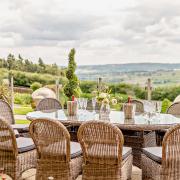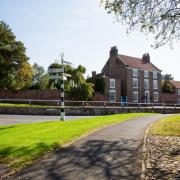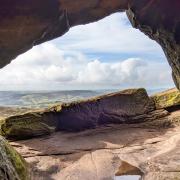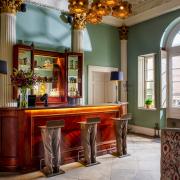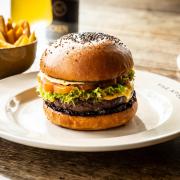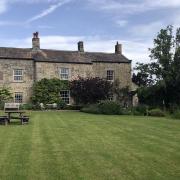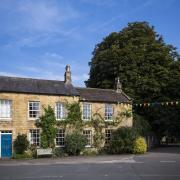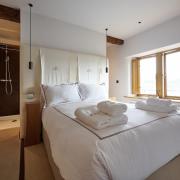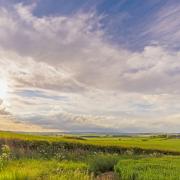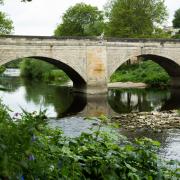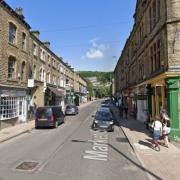Hidden beneath the harbour walls in Whitby, alien-looking artificial marine habitats are a pioneering weapon in the fight to save endangered species.
The ecological health of our rivers and estuaries must improve. Historic man-made structures in our estuaries and the ongoing pressures from human activity are adversely affecting water quality, habitats and wildlife.

Much of our natural marine habitat has been lost and continues to be compromised, or depleted by a problem known as ‘coastal squeeze’. Rising sea levels, historic land reclamation, and hard engineered walls combine to reduce the shoreline visible between high and low tide, the intertidal zone.
Water quality in Yorkshire’s estuaries has also been adversely affected by activity in the ports and harbours and in the tributaries.
In an effort to redress the balance, Nature-based Solutions (NBS) including artificial living sea wall panels, rock pools and hanging fish shelters are all being installed on, or under Whitby harbour wall in a project designed to improve biodiversity and water quality.
The project is part of a strategic partnership, the Better Estuaries and Coastal Habitats BEACH Esk project, a collaboration between Groundwork North East & Cumbria, the Environment Agency, Yorkshire Wildlife Trust, Yorkshire Water and Scarborough Borough Council, with support from landowners and community groups along the river Esk.
The activities in the harbour use technologies and include products that have been designed in Sydney, and installed in Whitby.
Artificial Living Sea Wall panels, being fixed to the concrete under New Quay, are an award-winning design created by teams of marine ecologists and designers in Sydney Institute of Marine Science, winners of the 2022 Banksia Biodiversity Award and finalists in the Earthshot prize in 2021. The panels will be installed along an expanse of harbour wall with installation carried out in stages over the next few months.

To the uninitiated, the artificial habitats look almost alien. Roughly the size of a large dinner plate, they have different surface textures and designs, the concrete-moulded structures are created to look like natural rock formations and marine surfaces. The panels combine cutting edge industrial design with ecological research to produce artificial habitats that look good and are ecologically valuable. Also being trialled are a range of artificial rock pools and fish refuges that have been developed in the UK by eco-engineers Artecology and Biomatrix Water.
Marine Scientists at Hull University, working alongside Groundwork’s Monitoring Assistants, will closely monitor all the interventions to determine how they attract marine life species. It is hoped that the interventions will stimulate and encourage marine life, create shelter, feeding grounds and refuges for fish and wildlife, especially for juveniles.
Creating these artificial habitats will also allow nature to thrive above and below the water and, combined with other biodiversity and environmental clean-up operations Groundwork and Yorkshire Wildlife Trust are managing along the River Esk, will help improve water quality. Improvements have already been made in the tributaries to reduce pollution and create habitats: trees and hedges have been planted, and ponds and wildflower grasslands created. Saltmarsh has been restored and extended providing habitat for a range of birds, invertebrates and juvenile fish.

The Esk Estuary is vitally important for migratory fish, including Atlantic salmon, sea trout and other species such as sea lamprey and European eel. The rare and endangered freshwater pearl mussel which also lives in the River Esk depends upon salmon and trout to complete its life cycle.
There is an urgent need for this type of ecological intervention to trial innovative techniques that encourage the recreation of unique habitats and improve water quality. The partnership team hopes its efforts will be successful and will add to the growing bank of knowledge and expertise in this specialist area, so that the work will be extended here and elsewhere in the future.
Yorkshire should be rightfully proud of its efforts to restore these marine habitats, which will set precedents for other areas of the UK and internationally.
by Hellen Hornby is NBS Programme Manager, Groundwork and Allison Pierre works with Environment Agency




